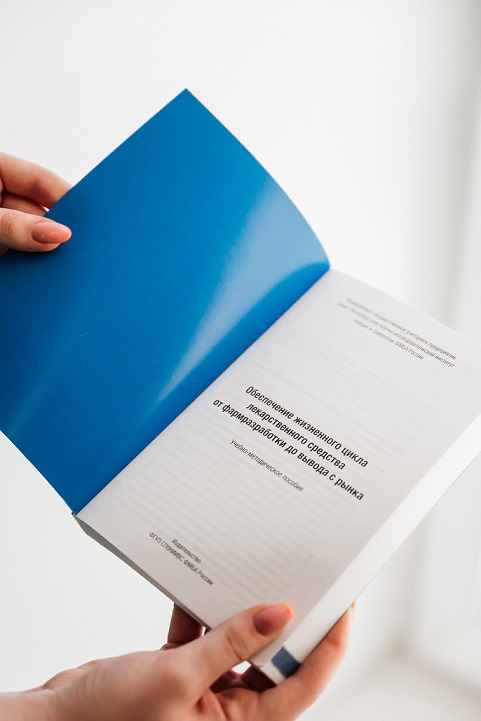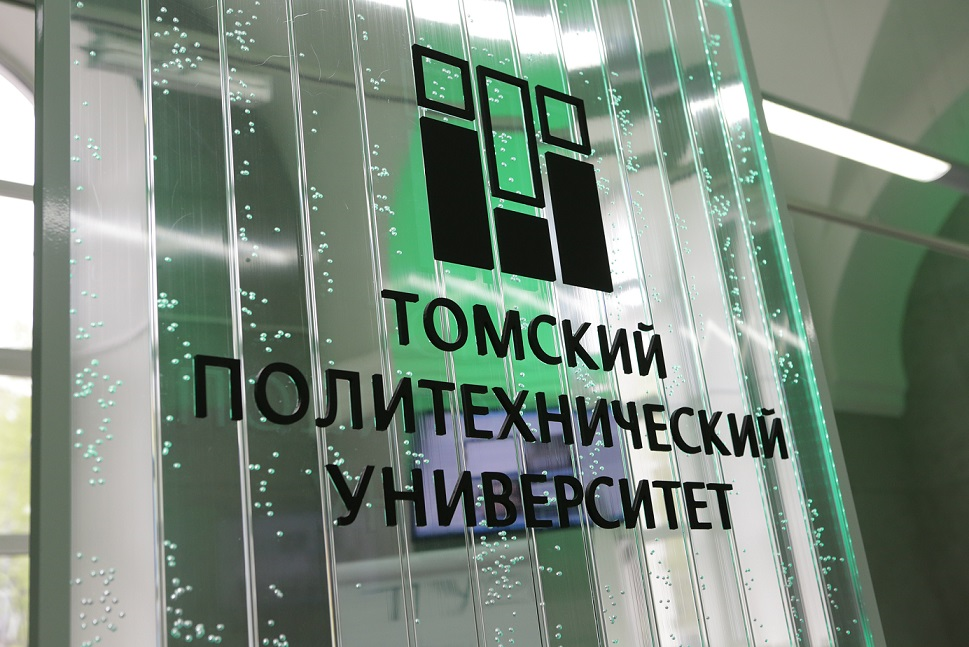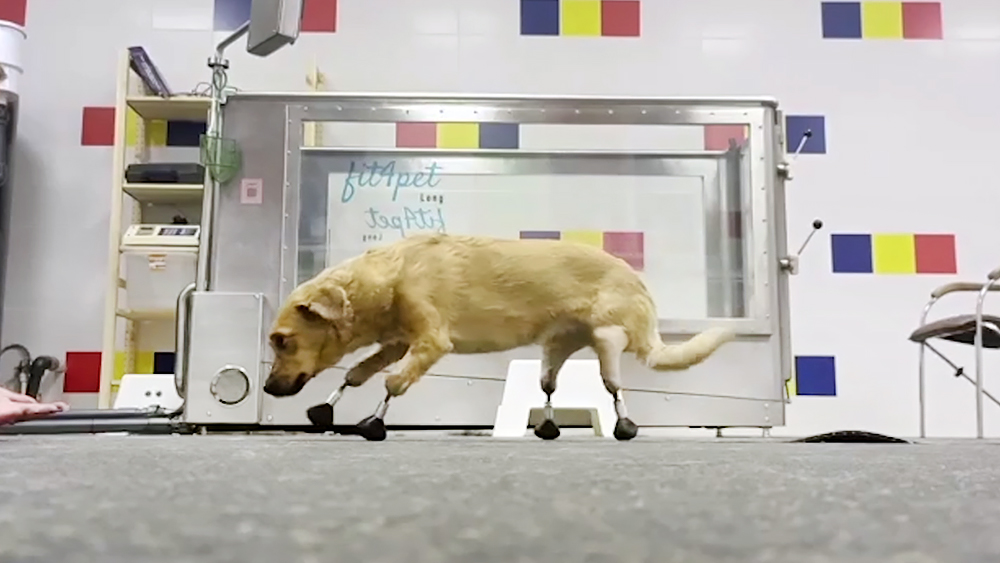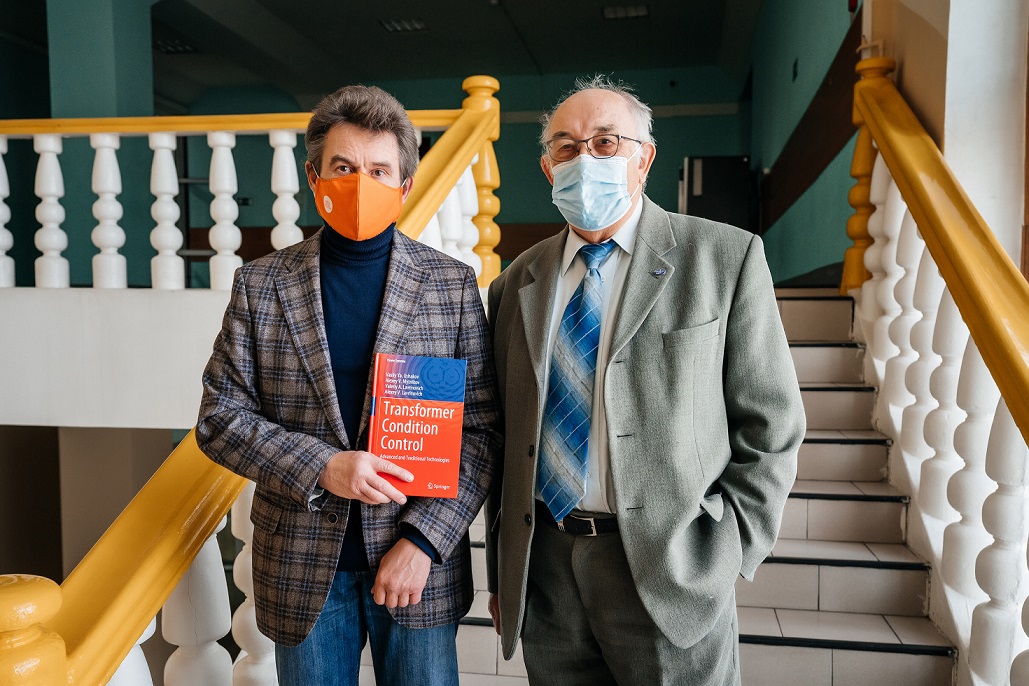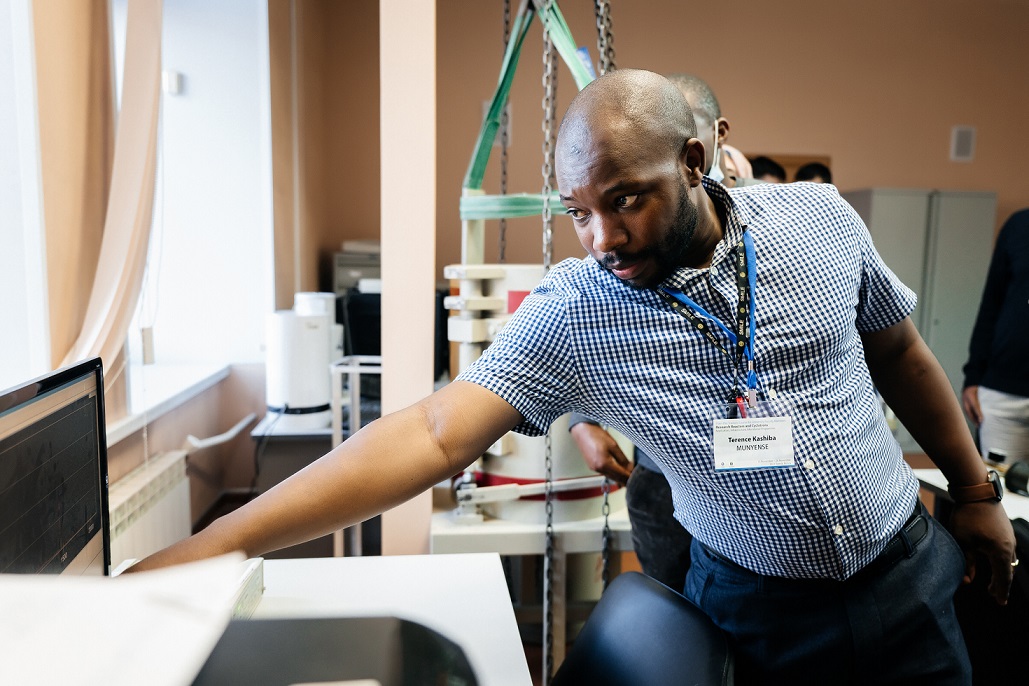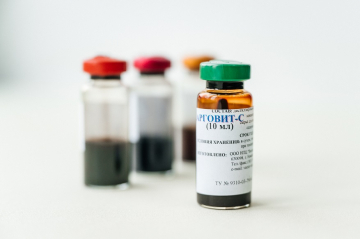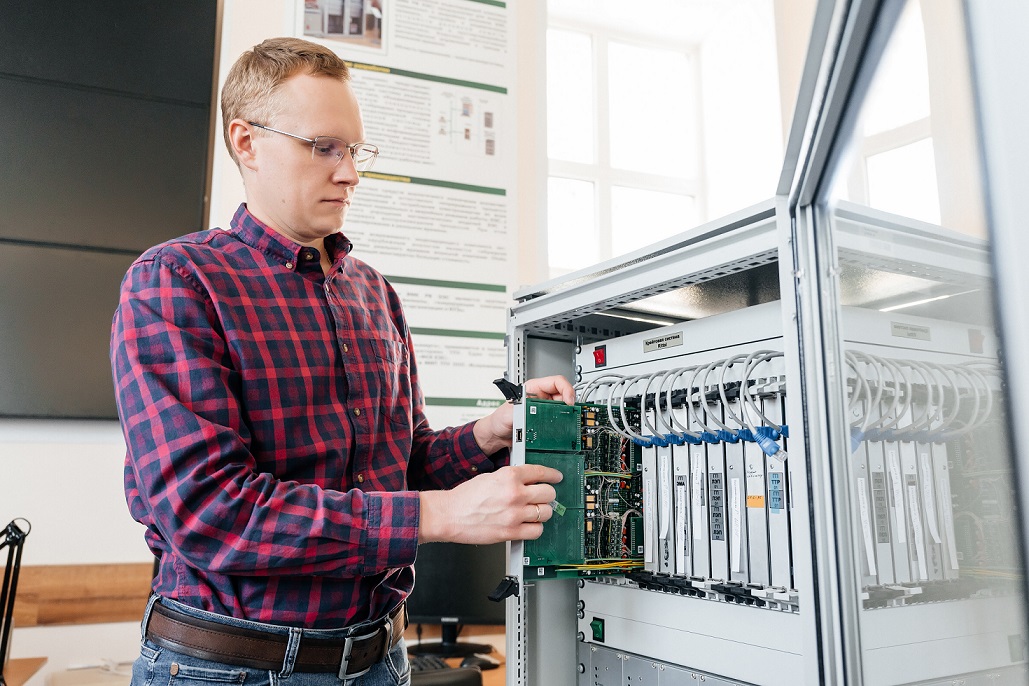Experts of Tomsk Polytechnic University and Saint Petersburg Scientific Research Institute of Vaccines and Serums have published a training aid entitled Medication Life Cycle from Pharmaceutical Development to Putting Out of Commission for training engineering staff of biotechnological production in Nicaragua. The training aid is dedicated to quality assurance of medication.
Writing a joint training aid became a part of the educational project by BioNica related to the organization and construction of a Russian-Nicaraguan enterprise of the Latin American Institute of Biotechnology MECHNIKOV, S.A. in Managua (Nicaragua). It is the one biotechnological enterprise in Central America.
“Currently, there is a problem of expansion of production, therefore a question of training staff has come up. Managua universities do not train engineers for biotechnological productions. Experts of Saint Petersburg Scientific Research Institute of Vaccines and Serums (a coordinator of the project by BioNica) addressed a proposal to TPU to engage in this project two years ago,” says Elena Krasnokutskaya, Head of the TPU Kizhner Research Center.
The volume of the training aid is 310 pages. The aid contains 11 chapters dedicated to government regulation in biotechnological and pharmaceutical productions, standardization and product quality control, storage and transportation of pharmaceutical goods, operation, maintenance of critical equipment and utilities, and other topics. The aid is published in Russian and Spanish. It is designed for advanced training of staff of operating biotechnological production, academic staff of University of Managua and experts of the Ministry of Health of Nicaragua.
“When the main content of the aid was prepared, we realized that there was a lot of material and it had a different level of complexity. Therefore, there was a decision to publish two aids. The first aid is more focused on relevant questions related to the operation of modern pharmaceutical productions in accordance with the requirements of international law. The second aid is more fundamental. Its main idea is to give future engineers an understanding of the importance of a systematic approach for the creation of medication at all stages of its life cycle. By agreement with the colleagues from Saint Petersburg Scientific Research Institute of Vaccines and Serums this aid will be published at TPU,” Elena Krasnokutskaya adds.
Within the cooperation of TPU and Saint Petersburg Scientific Research Institute of Vaccines and Serums, it is planned to arrange advanced training for academic staff at universities, experts of the Ministry of Health of Nicaragua, as well as training for master’s degree students from Nicaragua who study the Pharmaceutical Biology educational program at TPU sponsored by a future employer.
“Participation in such projects as BioNica is quite essential. It is that real contribution, which Russian education can make in the promotion of domestic high-tech products to the international market,”
“Participation in such projects as BioNica is quite essential. It is that real contribution, which Russian education can make in the promotion of domestic high-tech products to the international market,” Elena Krasnokutskaya adds.




